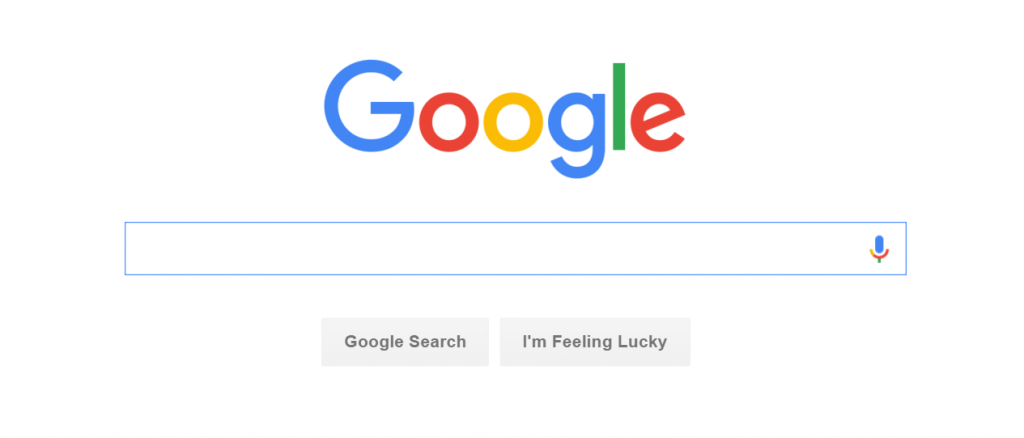
You can do everything right. You can strategize with the best of the online marketers, be a social media superstar, have your website be the top Google search result, master email communication, and drink coffee with the rest of the closers when you convert your visitors into customers. If you do all of these things, you will generate revenue from your website and all your hard work will pay off. However, unless you employ Analytics to track your progress, you will not know where your strengths and weaknesses are located, and you will not know how you can improve your website to maximize its performance. Analytics does not stop at examining the performance of your own website. The ability to properly mine online data will also let you see where you can take advantage of emerging online trends, to the point where you can direct future content to match the interests of your customer base. By enabling you to learn from your past efforts and providing you the path for the future, Analytics will become the force multiplier for your online business.
Classic management advice: “What gets tracked, gets done.” Being able to track the performance of your website is essential for its improvement. The use of Analytics gives you a sharper set of tools to examine your online traffic beyond just seeing the number of people who visit your website. It allows you to track the demographic data of your visitors, to the level of detail where you can see how they accessed your site, if they are repeat visitors, and their geographic location (you might be big in Japan and have no idea). You can also see the nature of their behavior as they move through your website – did they stop at your home page and move on? Did they make it all the way to the checkout page without proceeding with their order? Maybe you’re getting a lot of visitors, but are they pushing on your Call to Action button so they can be converted? With Analytics, you can see where the winners and losers are within your organization and modify accordingly.
Where Analytics really can shine is in the world of observing trends. You may have heard the following quote by hockey star Wayne Gretzky: “Some people skate to the puck. I skate to where the puck is going to be.” Being able to go not only to where the customers are, but where they are going to be will propel your business to the top of its industry and provide you with an enviable reputation for being ahead of the innovation curve. And while it sounds nice, it ain’t easy—if it were, wouldn’t everyone be doing it by now? The sheer quantity of data online will force you to think in terms of strategizing where you will target your Analytic efforts. And… wait, didn’t we talk about Strategy before? Indeed, Analytics will provide you with the raw data for your Strategy, where you start the online marketing process anew with more experience and clearer eyes.
So if you’ve been reading our previous articles, you now have all the tools required in order to dominate the online landscape: Strategy, Social Media, SEO, Email Marketing, Conversions, and now Analytics. And we know it can be a lot to take in all at once, and it’s not like you get extra credit if you can name off the core concepts for each tool. What will earn you extra revenue is having a qualified team dedicated to the future success of your website. Reach out to Sun Sign Designs today to find out how we can help your business with all of these tasks!






